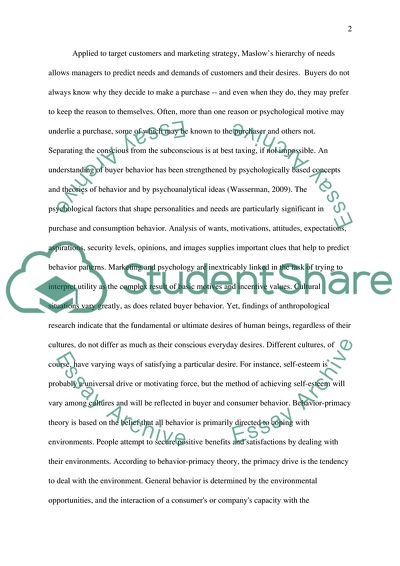Cite this document
(Target Customers and Marketing Strategy Coursework, n.d.)
Target Customers and Marketing Strategy Coursework. Retrieved from https://studentshare.org/marketing/1553453-target-customers-and-marketing-strategy
Target Customers and Marketing Strategy Coursework. Retrieved from https://studentshare.org/marketing/1553453-target-customers-and-marketing-strategy
(Target Customers and Marketing Strategy Coursework)
Target Customers and Marketing Strategy Coursework. https://studentshare.org/marketing/1553453-target-customers-and-marketing-strategy.
Target Customers and Marketing Strategy Coursework. https://studentshare.org/marketing/1553453-target-customers-and-marketing-strategy.
“Target Customers and Marketing Strategy Coursework”. https://studentshare.org/marketing/1553453-target-customers-and-marketing-strategy.


